Octopus_loves_blingbling
Rough_Rock
- Joined
- May 4, 2018
- Messages
- 19
Hi,
I found many diamonds shows a dim look but have high scores on their Gemex images .I have no idea why this happened. Here is a an example comes with two diamonds.
.I have no idea why this happened. Here is a an example comes with two diamonds.
The first one goes with 1.73 carats, D color, astor cut, VS1, Faint Fluorescence. The second one goes with 1.4 carats, E color, astor cut, VVS1, Faint Fluorescence. These two diamonds have almost the same proportion & similar light performance based on the Gemex. However, they show totally different "basic color" in the Gemex images. What I mean about "basic color" is the color shows on the area beside the inner 8 arrows and outer 8 arrows of the diamond. The 1.73 carats diamond shows a dim look on the "basic color" than that of 1.4 carats diamond.
I attached these two diamonds Gemex image, GIA reports, links on bluenile, and a comparison screenshot between these two diamonds' Gemex images (1.4 above 1.73 below).
1.73 Carats https://www.bluenile.com/au/diamond...AMONDS&track=viewDiamondDetails&action=newTab
1.4 Carats https://www.bluenile.com/au/diamond...AMONDS&track=viewDiamondDetails&action=newTab
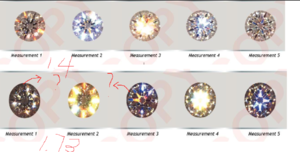
I am confused by why the 1.73 diamond shows a dim look on its Gemex images and if there is any reason for this phenomenon . And if possible looking for the answer of "is that good or bad to have a dim "basic color" in the Gemex images?"
. And if possible looking for the answer of "is that good or bad to have a dim "basic color" in the Gemex images?"
I found many diamonds shows a dim look but have high scores on their Gemex images
The first one goes with 1.73 carats, D color, astor cut, VS1, Faint Fluorescence. The second one goes with 1.4 carats, E color, astor cut, VVS1, Faint Fluorescence. These two diamonds have almost the same proportion & similar light performance based on the Gemex. However, they show totally different "basic color" in the Gemex images. What I mean about "basic color" is the color shows on the area beside the inner 8 arrows and outer 8 arrows of the diamond. The 1.73 carats diamond shows a dim look on the "basic color" than that of 1.4 carats diamond.
I attached these two diamonds Gemex image, GIA reports, links on bluenile, and a comparison screenshot between these two diamonds' Gemex images (1.4 above 1.73 below).
1.73 Carats https://www.bluenile.com/au/diamond...AMONDS&track=viewDiamondDetails&action=newTab
1.4 Carats https://www.bluenile.com/au/diamond...AMONDS&track=viewDiamondDetails&action=newTab

I am confused by why the 1.73 diamond shows a dim look on its Gemex images and if there is any reason for this phenomenon
Attachments
Last edited:

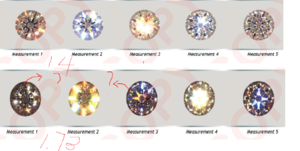

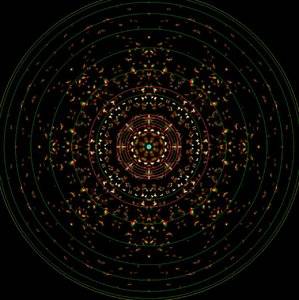
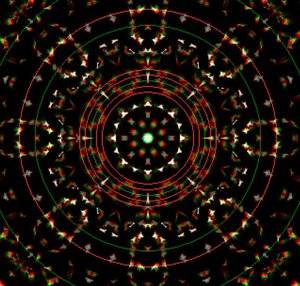

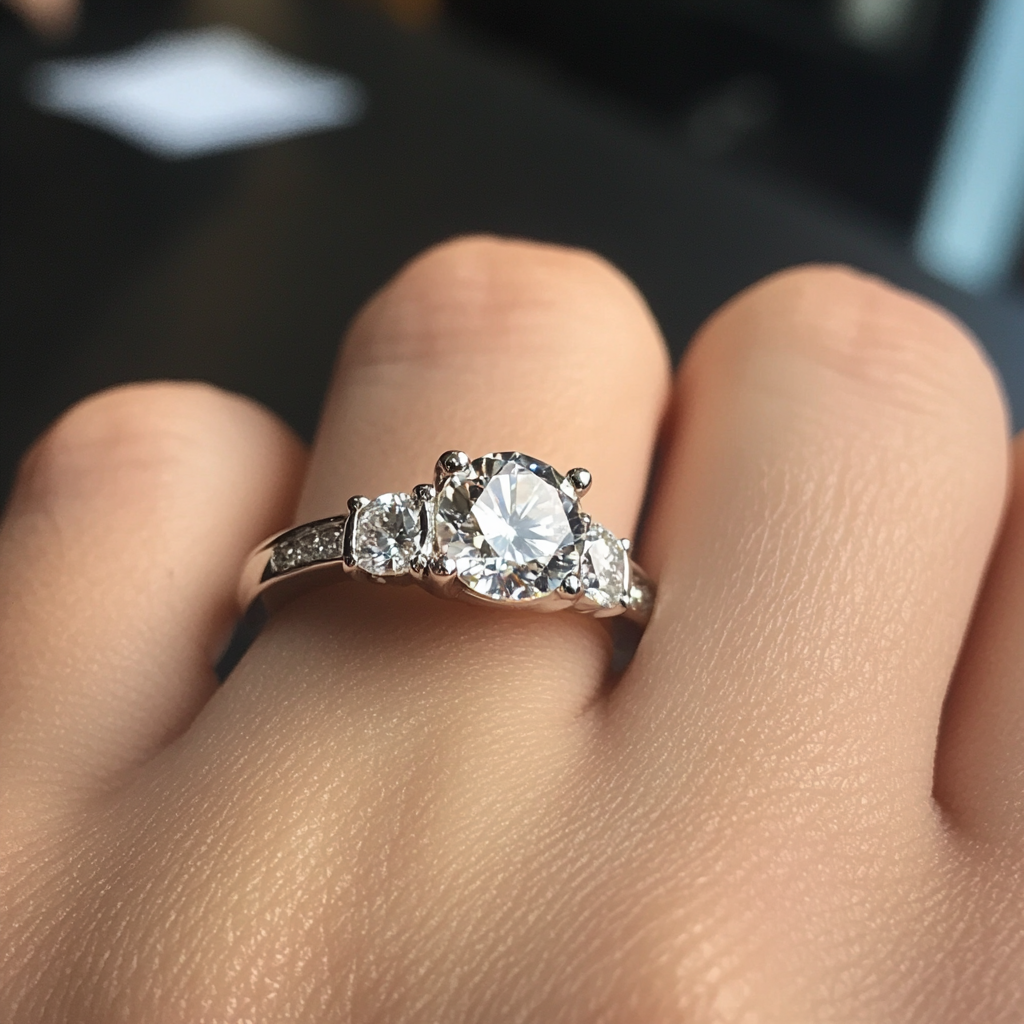

300x240.png)